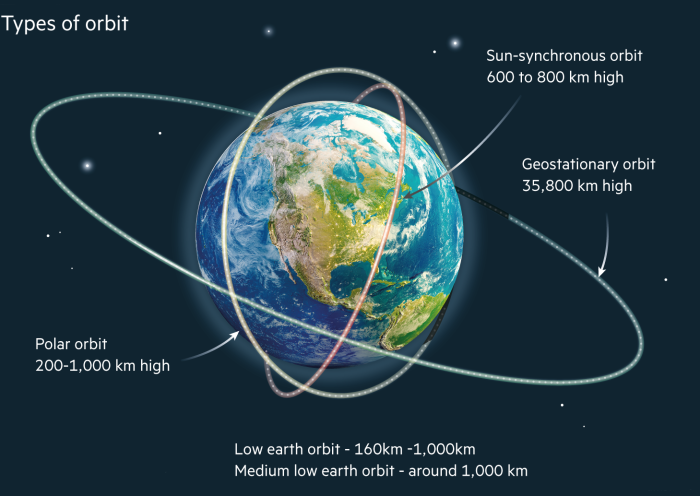Science & Technology
Chandrayaan-3 MIssion
- 04 Feb 2022
- 5 min read
For Prelims: Chandrayaan-3, Chandrayaan-2, Lunar Polar Exploration Mission, Different types of Orbits.
For Mains: Space Technology, Chandrayaan 3 mission and its significance, Different type of Orbits and its Significance.
Why in News ?
Recently, the Department of Science has stated that India plans to execute the Chandrayaan-3 mission in August 2022.
What is the Chandrayaan-3 Mission ?
- The Chandrayaan-3 mission is a follow-up of Chandrayaan-2 of July 2019, which aimed to land a rover on the lunar South Pole.
- The subsequent failure of the Vikram lander led to the pursuit of another mission to demonstrate the landing capabilities needed for the Lunar Polar Exploration Mission proposed in partnership with Japan for 2024.
- It will have an orbiter and a landing module. However, this orbiter won’t be loaded with scientific instruments like the Chandrayaan-2.
- Its job will only be confined to carry the lander to the moon, oversee the landing from its orbit and communicate between the lander and the earth station.”
What was the Chandrayaan-2 Mission ?
- Chandrayaan-2 consisted of an Orbiter, Lander and Rover, all equipped with scientific instruments to study the moon.
- The Orbiter would watch the moon from a 100-km orbit, while the Lander and Rover modules were to be separated to make a soft landing on the moon’s surface.
- ISRO had named the Lander module as Vikram, after Vikram Sarabhai, the pioneer of India’s space programme, and the Rover module as Pragyaan, meaning wisdom.
- It was sent aboard the country’s most powerful geosynchronous launch vehicle, the GSLV-Mk 3.
- However, lander Vikram, instead of a controlled landing, ended up crash-landing and prevented rover Pragyaan from successfully travelling on the surface of the moon.
What is GSLV-Mk 3 ?
- Geosynchronous Satellite Launch Vehicle Mark-III was developed by Indian Space Research Organisation (ISRO), is a three-stage vehicle, designed to launch communication satellites into geostationary orbit.
- It has a mass of 640 tonnes that can accommodate up to 8,000 kg payload to Low Earth Orbit (LEO) and 4000 kg payload to GTO (Geo-Synchronous Transfer Orbit).
What are the Different Types of Orbits?
Polar Orbit
- A polar orbit travels north-south over the poles and takes approximately 90 minutes for a full rotation.
- These orbits have an inclination near 90 degrees. This allows the satellite to see virtually every part of the Earth as the Earth rotates underneath it.
- These satellites have many uses such as monitoring crops, global security, measuring ozone concentrations in the stratosphere or measuring temperatures in the atmosphere.
- Almost all the satellites that are in a polar orbit are at lower altitudes.
- An orbit is called sun-synchronous when the angle between the line joining the centre of the Earth and the satellite and the Sun is constant throughout the orbit.
- These orbits are also referred to as “Low Earth Orbit (LEO)” which enables the onboard camera to take images of the earth under the same sun-illumination conditions during each of the repeated visits, thus making the satellite useful for earth resources monitoring.
- It passes over any given point on Earth’s surface at the same local solar time.
Geosynchronous Orbit
- Geosynchronous satellites are launched into orbit in the same direction the Earth is spinning and can have any inclination.
- When the satellite is in orbit at a specific altitude (approximately 36,000km above the Earth's surface), it will exactly match the rotation of the Earth.
- While, Geostationary orbits fall in the same category as geosynchronous orbits, but with that one special quality of being parked over the equator.
- In the case of geostationary satellites, the Earth’s force of gravity is exactly enough to provide acceleration required for circular motion.
- Geosynchronous Transfer Orbit(GTO): To attain geostationary or geosynchronous earth orbits, a spacecraft is first launched into a Geosynchronous Transfer Orbit.
- From the GTO the spacecraft uses its engines to shift to geostationary or geosynchronous orbit.





